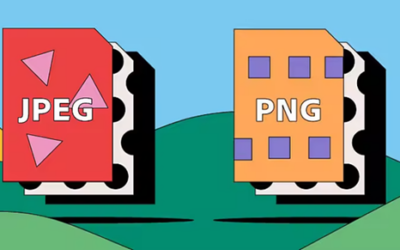Many academics will submit their work to academic journals at some point in their careers. For those pursuing tenure, success in publishing may be the most important factor determining whether they receive promotion and tenure.
Few will understand the thought processes that editors go through when deciding whether to accept or reject a manuscript, or whether to ask the author to revise and resubmit it.
As someone who has worked through the peer review process on numerous scholarly journals for over a decade, I’d like to offer three key pieces of advice when approaching and working with an academic journal.

Always take the revise/resubmit option. Editors are frequently called upon to console novice scholars who have received a “reject, encourage resubmission” decision and have only focused on the “reject” part of the decision. It is important to remember that conditional acceptance after the first round of external review is extremely rare—especially for top-tier journals—and if an opportunity to resubmit is provided, authors should take advantage of it, even if the revisions requested are difficult. Attempting a revision rather than starting over with a new journal will almost always be in your best interest.
Reviewer recommendations are inherently subjective. Editors should take publication recommendations from reviewers with a grain of salt, and you, as the author, should recognize the inherent subjectivity in such recommendations. Some reviewers will never conditionally accept something on the first round of external review, no matter how good the manuscript is; whereas others will recommend acceptance, only to then provide a litany of complaints about the manuscript’s quality. As a result, attempting to make decisions about the quality of your manuscript based on these publication recommendations is pointless. You should prioritize the suggestions of reviewers who recommended “reject” or “reject, encourage resubmission” over those who recommended, “accept with revisions.”
Rejection is not proof of a flawed manuscript. Rejections are painful, and it is not unusual to want to abandon a manuscript after it has been rejected. Yet doing so would be a mistake. Editorial decisions are inherently unpredictable, and many editors adhere to the belief that a manuscript should be given a second chance only if it clearly has a road to publication. As a result, it is entirely possible for a rejected manuscript to be resurrected and published elsewhere.
Usually, a manuscript should not be considered a “failure” until it has been rejected by three journals. And if that happens? Even though you will probably have to significantly rework it, there will still be hope of finding a possible home for your piece.
By: Jenn Garner
Jenn is a Senior Editor with Technica Editorial




